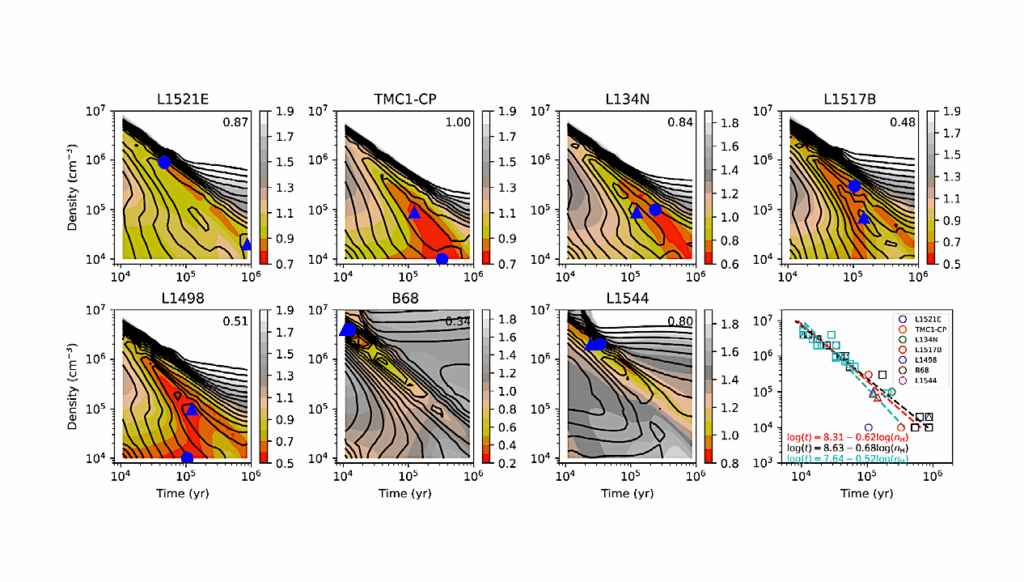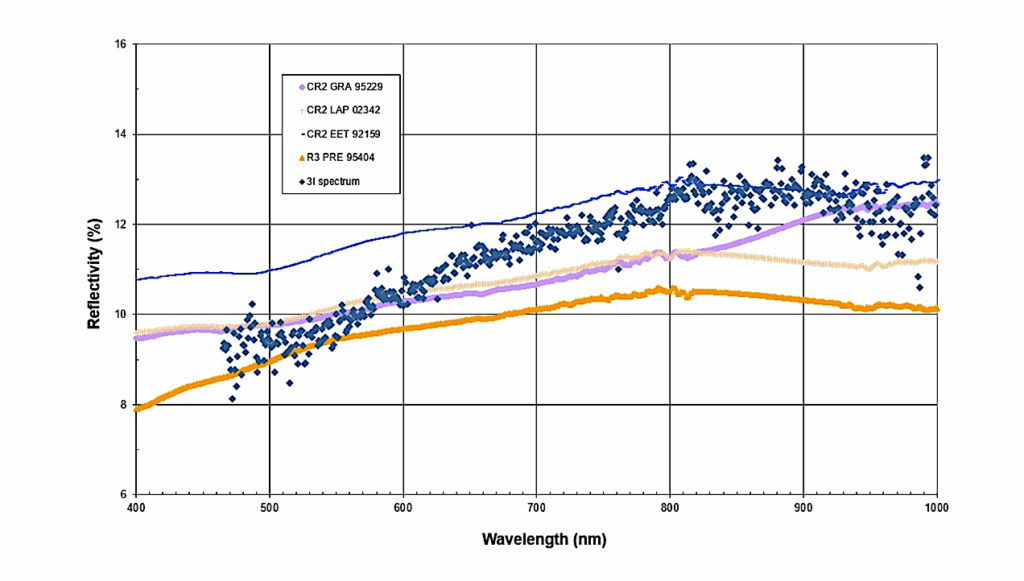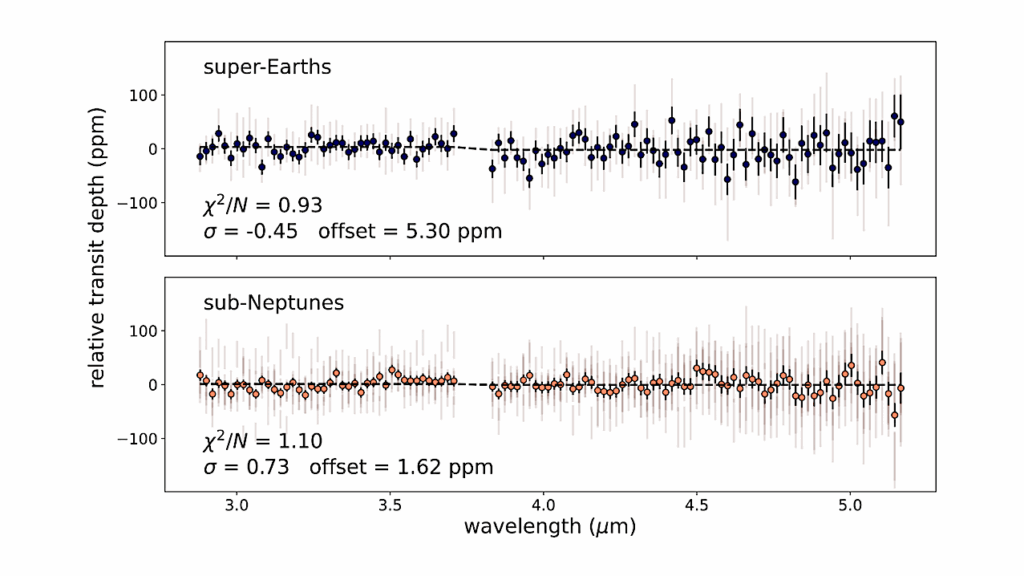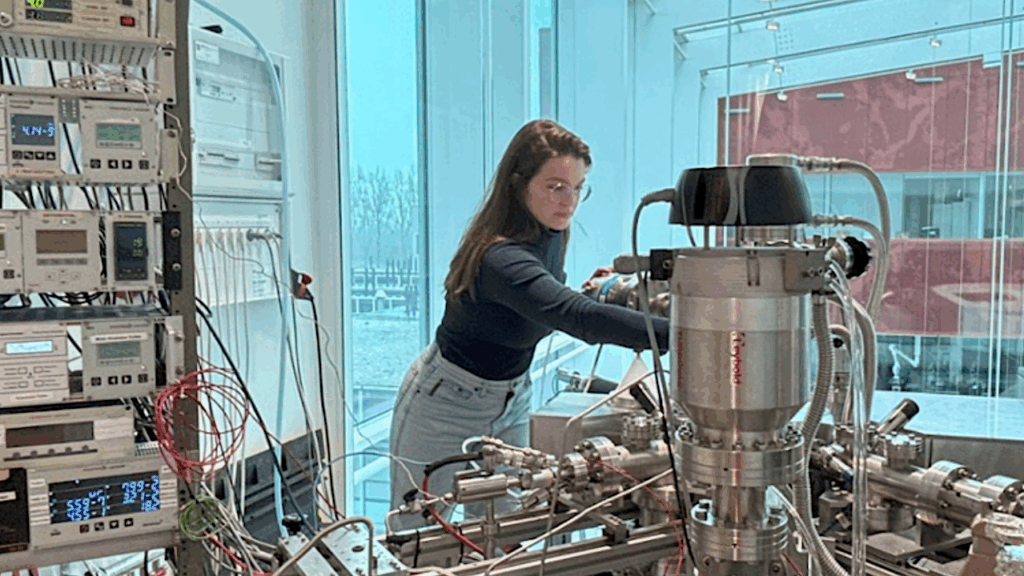The CARMENES Search For Exoplanets Around M Dwarfs: Magnesium And Silicon Abundances Of K7-M5.5 Stars
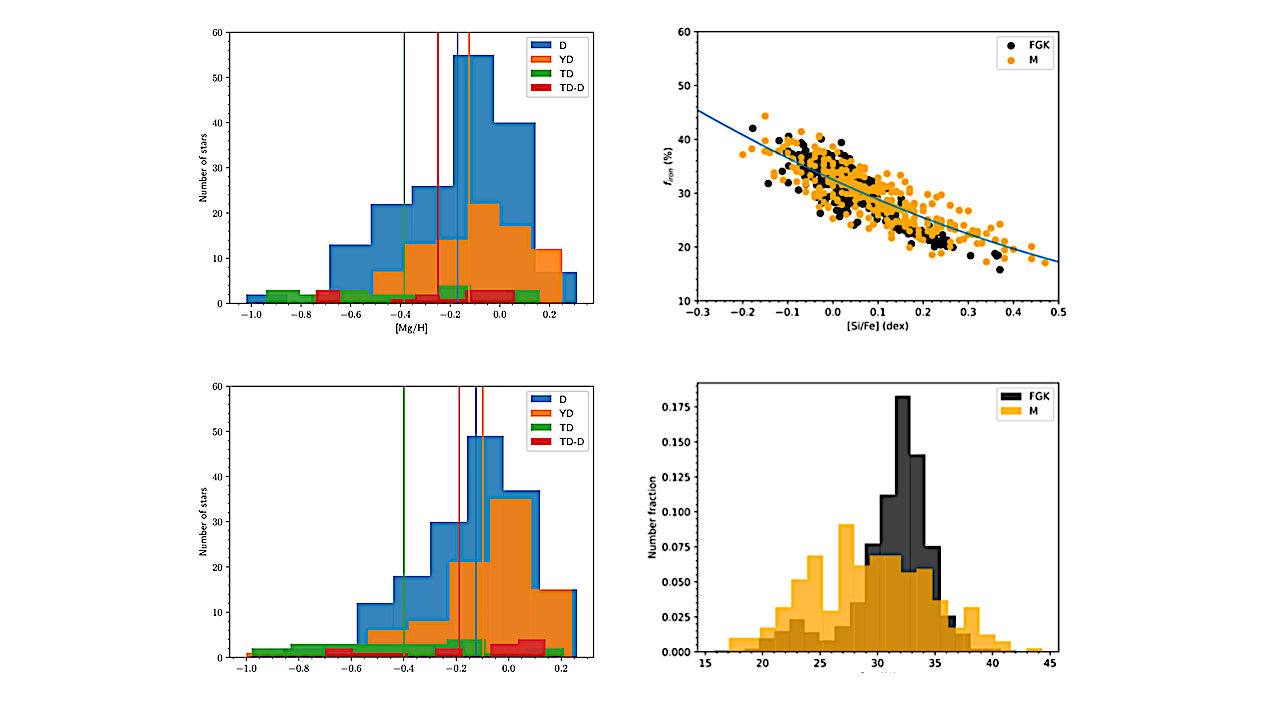
We present the abundances of magnesium (Mg) and silicon (Si) for 314 dwarf stars with spectral types in the interval K7.0-M5.5 (Teff range ~4200-3050 K) observed with the CARMENES high-resolution spectrograph at the 3.5 m telescope at the Calar Alto Observatory.
Our analysis employs the BT-Settl model atmospheres, the radiative transfer code Turbospectrum, and a state-of-the-art selection of atomic and molecular data. These Mg and Si abundances are critical for understanding both the chemical evolution and assembly of the Milky Way and the formation and composition of rocky planets.
Our chemical abundances show a line-to-line scatter at the level of 0.1 dex for all studied spectral types. The typical error bar of our chemical abundance measurements is +- 0.11 dex (Mg) and +- 0.16 dex (Si) for all spectral types based on the comparison of the results obtained for stellar components of multiple systems. The derived abundances are consistent with the galactic evolution trends and observed chemical abundance distribution of earlier FGK-type stars in the solar neighbourhood.
Besides, our analysis provides compatible abundances for stars in multiple systems. In addition, we studied the abundances of different galactic stellar populations. In this paper, we also explore the relation of the Mg and Si abundances of stars with and without known planets.
H. M. Tabernero, Y. Shan, J. A. Caballero, C. Duque-Arribas, D. Montes, J. I. González Hernández, M. R. Zapatero Osorio, A. Schweitzer, Th. Henning, M. Cortés-Contreras, A. Quirrenbach, P. J. Amado, A. Reiners, I. Ribas, G. Bergond, J. C. Morales
Comments: 11 Pages, 5 figures. Accepted for publication in A&A
Subjects: Solar and Stellar Astrophysics (astro-ph.SR); Earth and Planetary Astrophysics (astro-ph.EP)
Cite as: arXiv:2407.19969 [astro-ph.SR] (or arXiv:2407.19969v1 [astro-ph.SR] for this version)
Submission history
From: Hugo Tabernero
[v1] Mon, 29 Jul 2024 13:00:53 UTC (1,212 KB)
https://arxiv.org/abs/2407.19969
Astrobiology,


